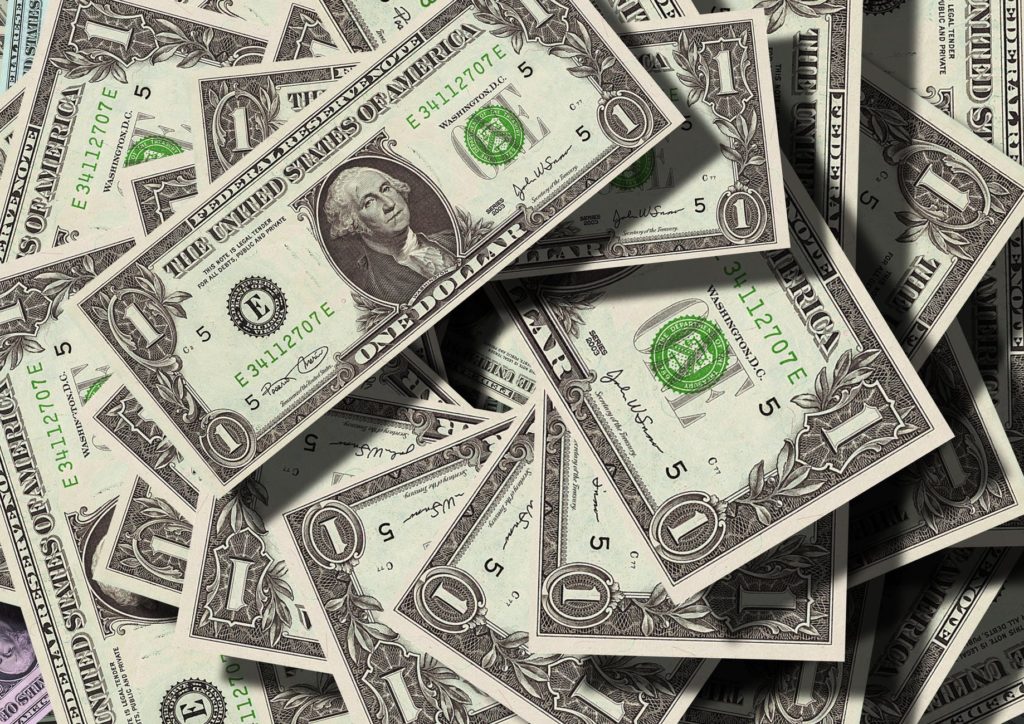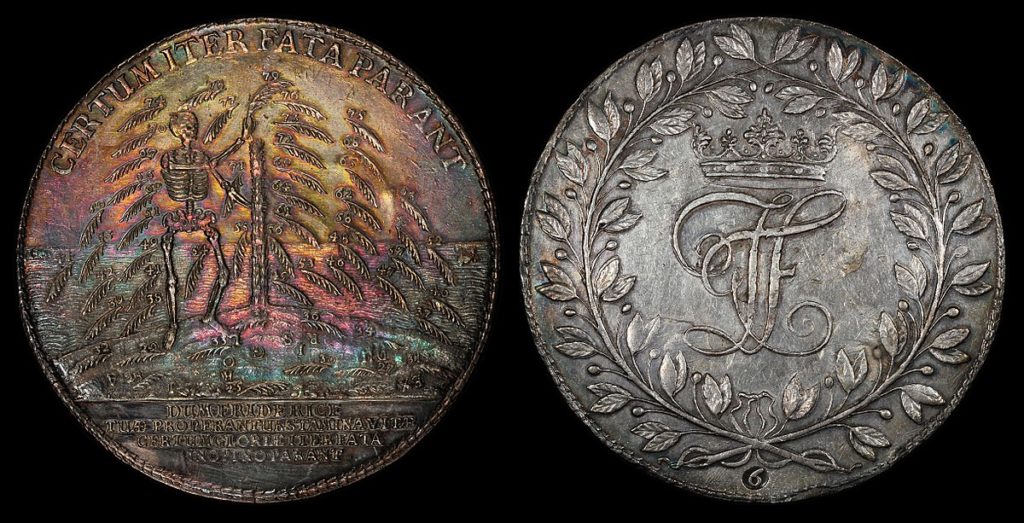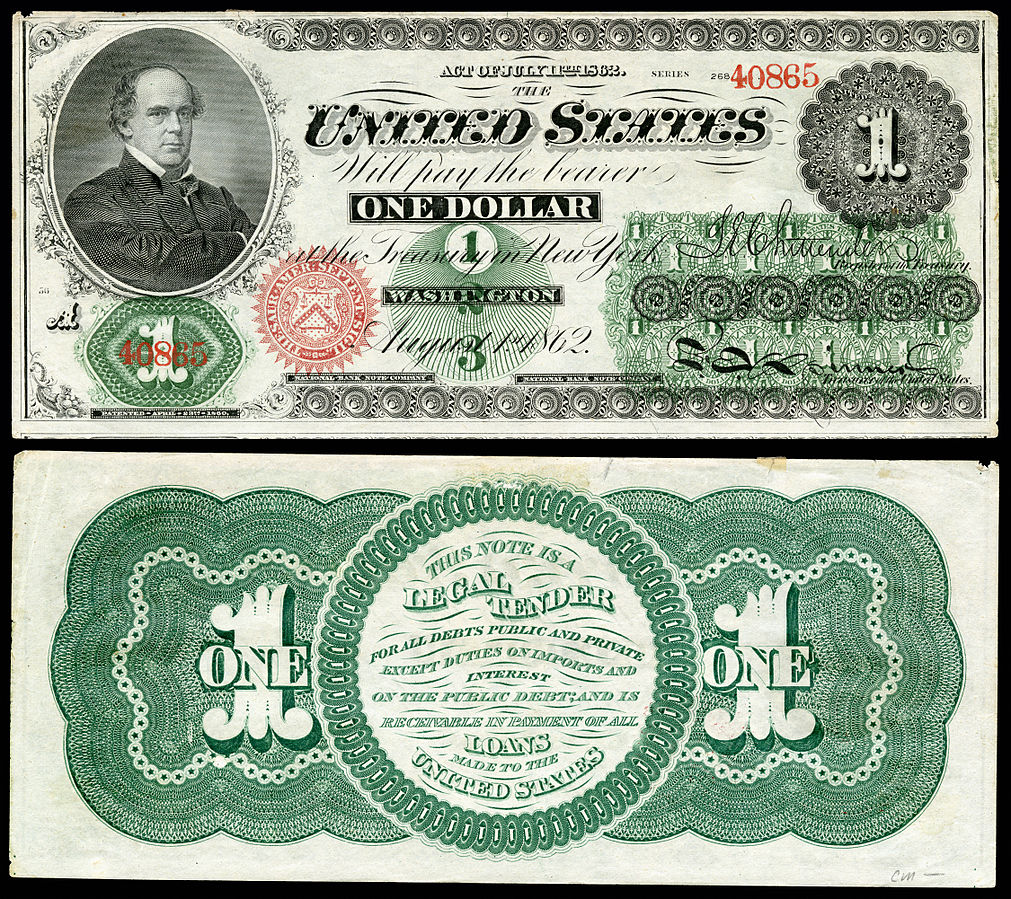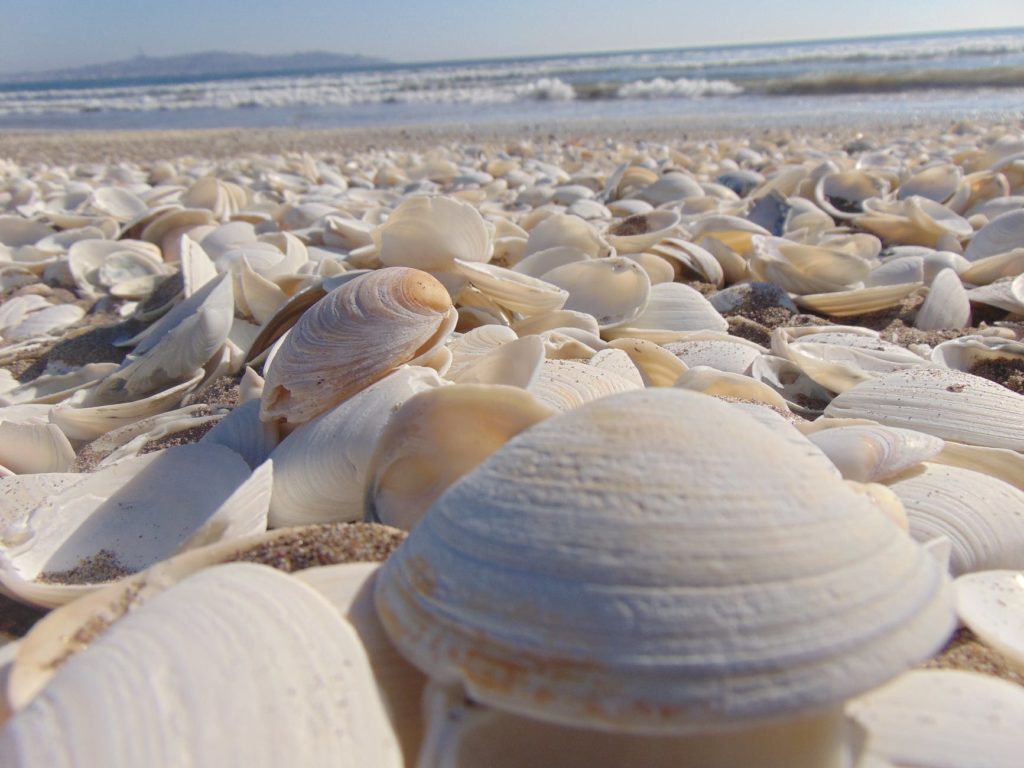
Another day, another slang term for dollar, especially when it’s National Dollar Day.
On this day in 1786, the U.S. Congress adopted “a monetary system based on the Spanish dollar.” However, by then the word dollar had already entered the English language.

Back in the mid-16th century, says the Oxford English Dictionary (OED), it was the English word for the German thaler, a large silver coin once used as currency in various German states. The word thaler ultimately came from Joachimstal, a town in what is now the Czech Republic “where similar coins were first minted.”
By the 1580s, dollar also referred to the peso formerly used in Spain and South America and adopted by the U.S. during the Revolutionary War. By 1782, Thomas Jefferson was a proponent for the Spanish dollar as the official U.S. currency. In the OED’s earliest citation for this sense, Jefferson writes: “The Unit or Dollar is a known coin, and the most familiar of all to the minds of the people.”
The buck starts here
By the mid-19th century, the word buck was being used to mean a dollar. However, where it comes from is unclear. The OED says the origin is “obscure” while the Online Etymology Dictionary says it might come from buckskin, which was “a unit of trade among Indians and Europeans in frontier days.”
We propose buck could be a shortening of sawbuck, slang for a ten-dollar bill. This sense — which is attested from 1850 while buck is from 1856 — comes from the X, or Roman numeral 10, shape of a sawhorse or sawbuck, says the OED.
Greenbacks and frogskins

Before it referred to a U.S. dollar in general, a greenback was a specific form of currency released in the early 1860s to help finance the Civil War, says the Museum of American Finance. It was so called because the back was printed with green ink. The OED’s earliest citation is from 1862 in Captain James Wren’s Civil War Diary: “Ready for tomorrow for the paymaster when he makes his appearance to hand over green backs, which is much needed.”
The Museum of American Finance also says this new form of currency “initiated debates about the proper anchor for the US monetary system.” For example, The Wonderful Wizard of Oz might be read “be read as an allegory regarding those debates with the yellow brick road representing gold, Dorothy’s slippers (in the book) representing silver, and the Emerald City representing greenbacks.”
A later nickname for the greenback was frogskin. From a 1902 publication, Mickey Finn’s New Irish Yarns: “He had to spind ‘frog skins’ to git an eddicashun.”
Simoleons up the wazoo
This fun slang term for a dollar is attested from 1881, says the OED, in a humor magazine called Puck: “And thereupon he goeth down town, and the Nassau Street auctioneer scoopeth him in with a three-trade-shekel chromo and a genuine old master for seven simoleons.” Where the word comes from is uncertain. The OED says it might be a blend of two names for coins: the simon and the Napoleon.
Of plunks and clams

These two slang terms for a dollar are attested from around the same time, plunk from 1885 and clam from 1886, according to the OED. We’re guessing plunk might come from an earlier sense of a large sum or fortune, which itself might be “after the sound made when putting down a heavy coin,” says the OED. It’s unclear how clam came to mean a dollar. The Word Detective says it’s probably from “a supposed ancient use” of the bivalve as currency.
Of smackers and smackeroos
In addition to being a noisy kisser, a smacker is also a dollar. The OED’s earliest citation is from a Jan. 2, 1920 issue of the Chicago Herald & Examiner — “Along comes Earl Gray and knocks off the U.S. treasury for 13,000,000 smackers” — while the Online Etymology Dictionary says the word might come from the idea of something being smacked into one’s hand. As for smackeroo, that’s from about 1942, also according to the OED.
Want even mo’ money words? Check out these lists of one-dollar words and money slang terms.